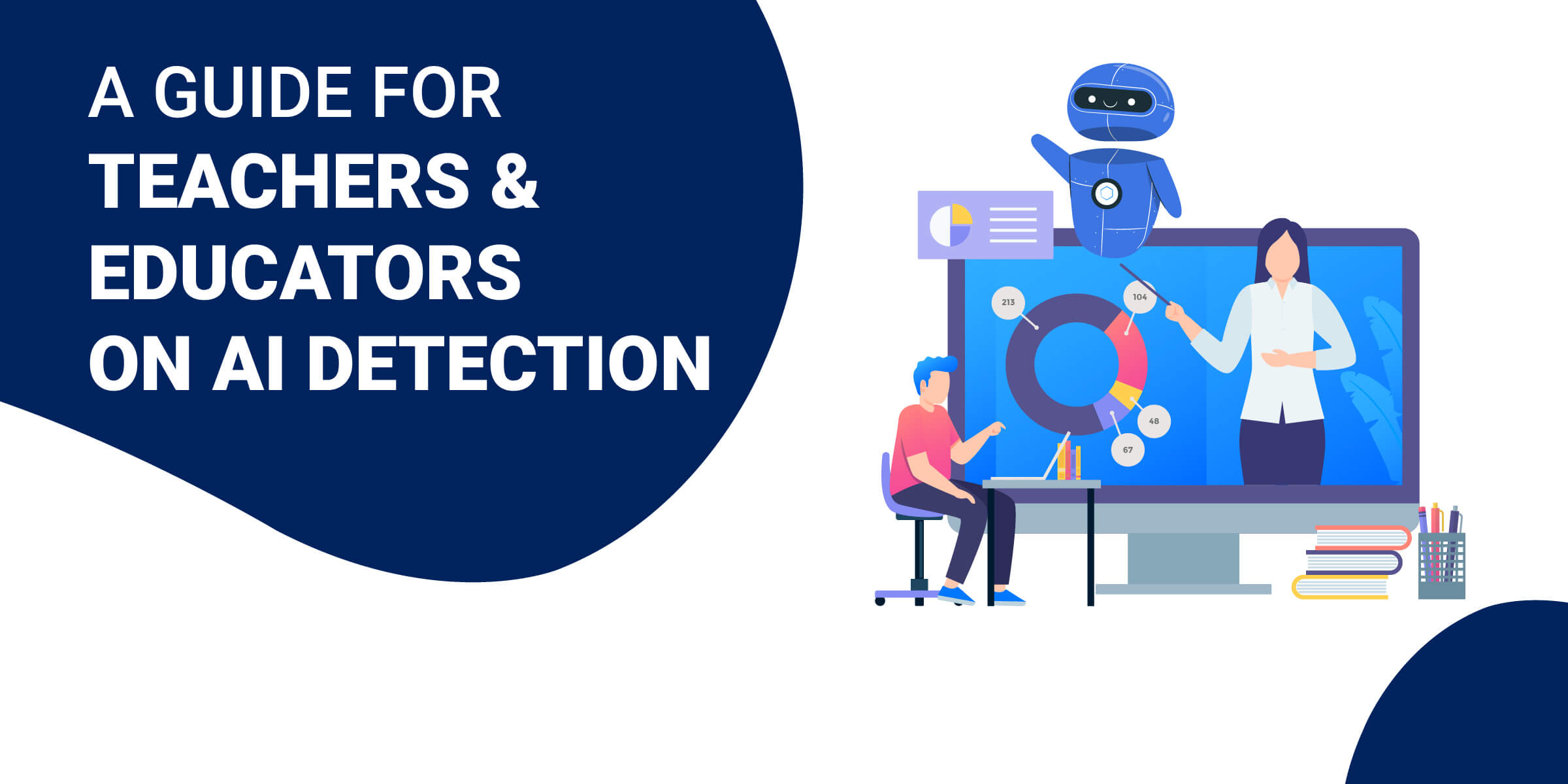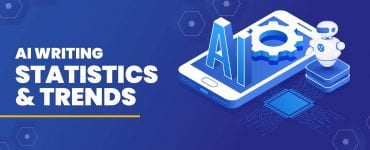There’s a new threat to academic integrity in town-artificial intelligence.
Luckily, there are ways for educators to detect AI-written content and ensure academic integrity in the classroom.
Here’s a complete guide to AI detection for teachers and educators.
Best Free Plagiarism Checker
We offer this website completely free to our visitors. To help pay the bills, we’ll often (but not always) set up affiliate relationships with the top providers after selecting our favorites. However, we do our best not to let this impact our choices. There are plenty of high-paying companies we’ve turned down because we didn’t like their product.
An added benefit of our relationships is that we always try to negotiate exclusive discounts for our visitors.
What Is AI Content in Education?
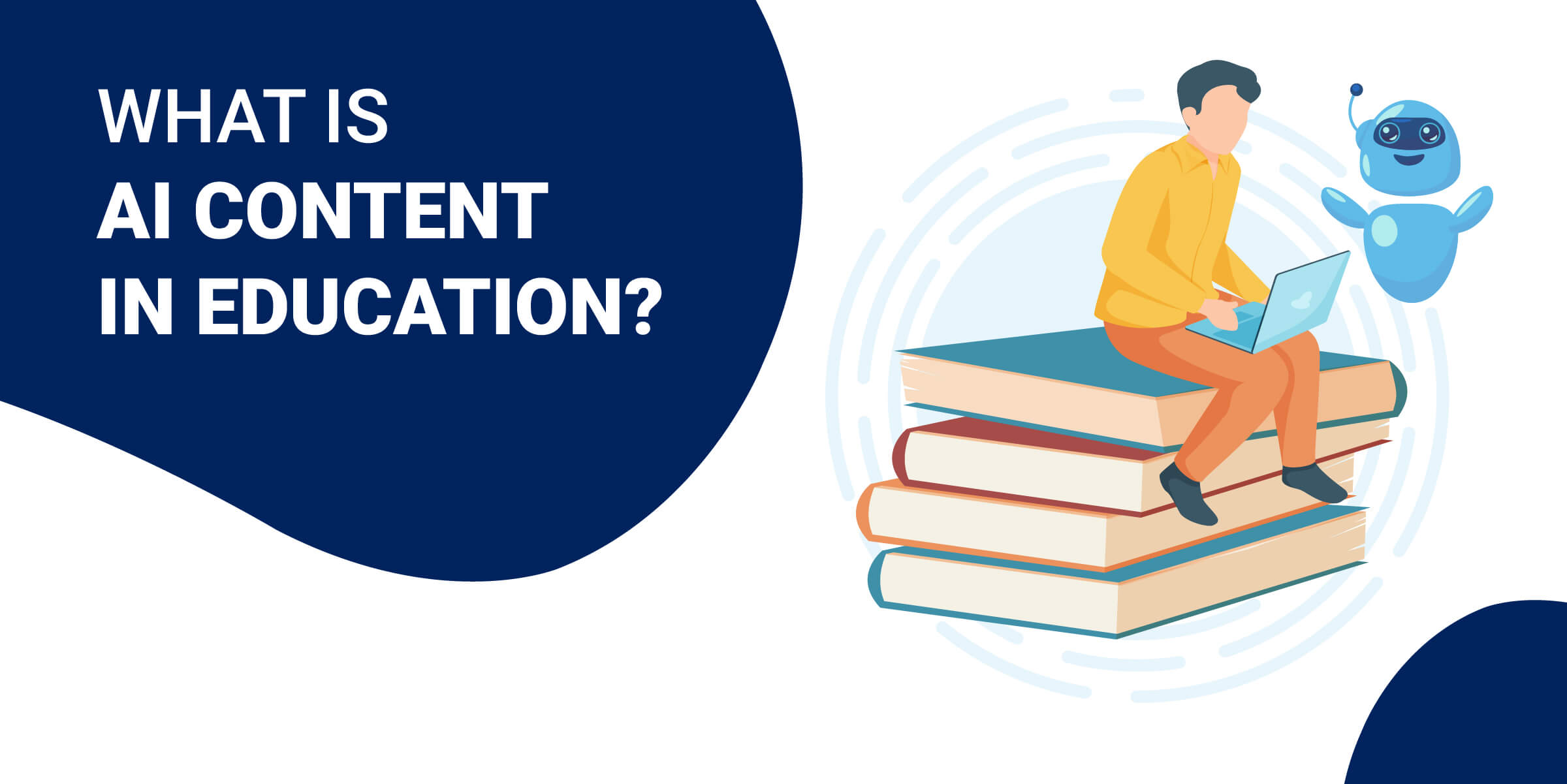

AI content has a few different applications in education, and, depending on how it’s used, it can be either helpful or harmful to educators.
Since the phrase “AI” just means artificial intelligence, AI content in education can include everything from AI writers to assistive software that can help teachers research and create lesson plans.
Due to the recent advancements in AI generation, AI writers are becoming more popular than ever. They now have wide-reaching applications, including, you guessed it, writing essays.
A few popular AI writers that students use to write essays for them include sites like PerfectEssayWriter.ai, FreeEssayWriter.net, and the well-known AI chatbot, ChatGPT.
How Are Students Using ChatGPT?
ChatGPT is a pretty straightforward AI chatbot that responds to given prompts.
When students use ChatGPT, they will often give it a prompt like “Write a 1,000-word essay about the French Revolution” (or something similar, it’s been a while since I’ve written a high school essay.)
The bot will then generate just that; a 1,000-word essay detailing the events that took place during the French Revolution.
Students can also use ChatGPT to do research, as it will put information that would otherwise be found in a Google search into succinct, straightforward breakdowns on the subject they’re researching.
The issue here is that ChatGPT cannot decipher between what’s true and what’s not or fact-check information. It can only take information from online sources and regurgitate it.
Current Concerns for AI Writing in Education
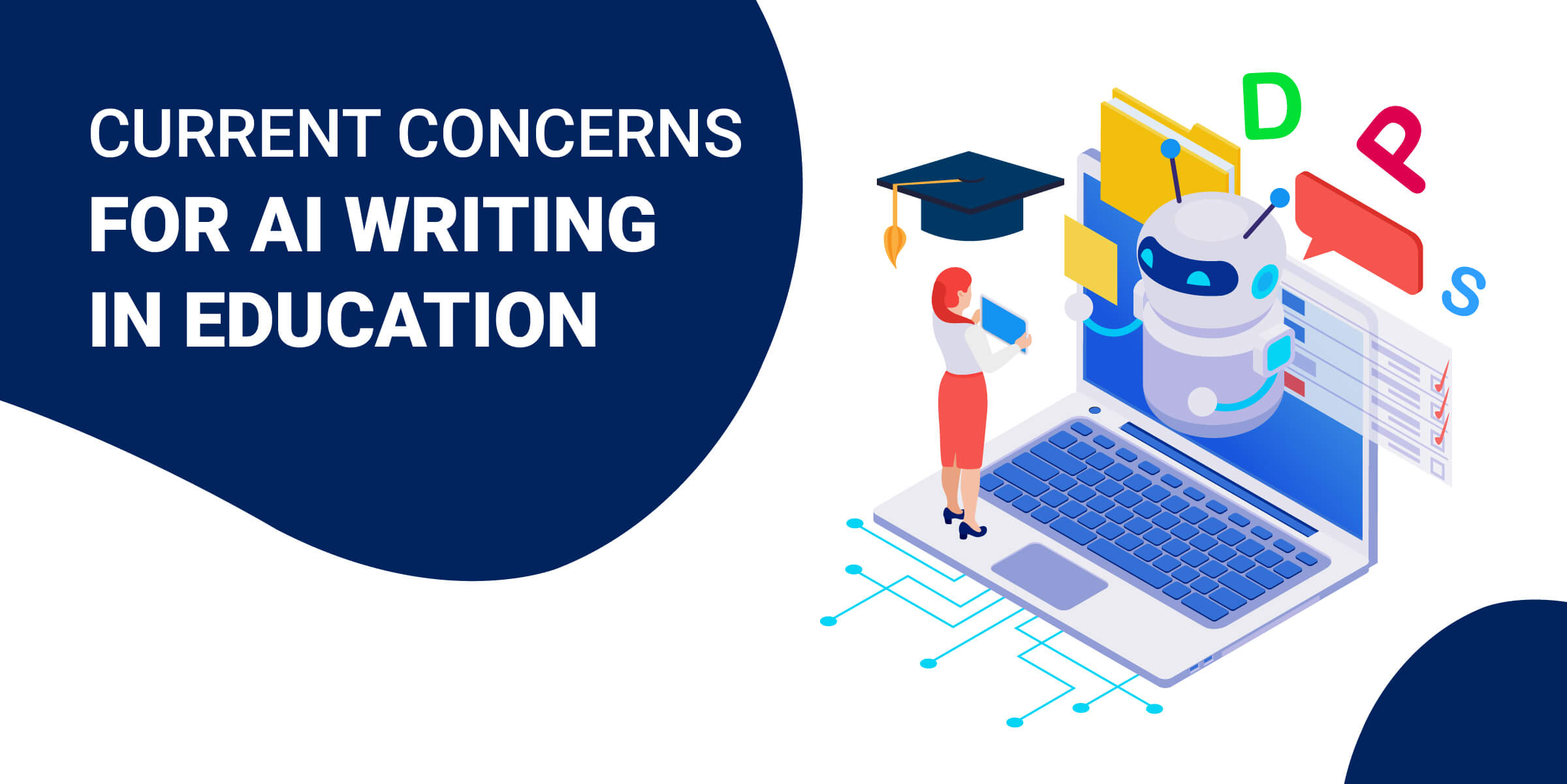

Among many ethical concerns regarding the use of AI in general, there are two major concerns with it comes to AI writing in education.
Plagiarism
Though plagiarism has been an academic concern for quite some time, the era of AI writing ushers in a whole new type of plagiarism.
ChatGPT and other AI writers have proven guilty of plagiarizing content in their responses to prompts. If a student simply copy and pastes content written by one of these AI writers, they risk unknowingly plagiarising content from other online sources.
And while AI ownership is hotly debated, they would technically be plagiarising the bot itself.
Either way, they are, in essence, “stealing” content rather than creating original work.
False Information
AI doesn’t fact-check. While some AI writers are more accurate than others, they all lack the human ability of discernment, and thus false information often finds its way into the content it generates.
It goes without saying that truth is essential in academic writing, which makes the misinformation spread by AI writers a threat to the quality of a student’s writing.
How to Deal With AI Writing In Schools
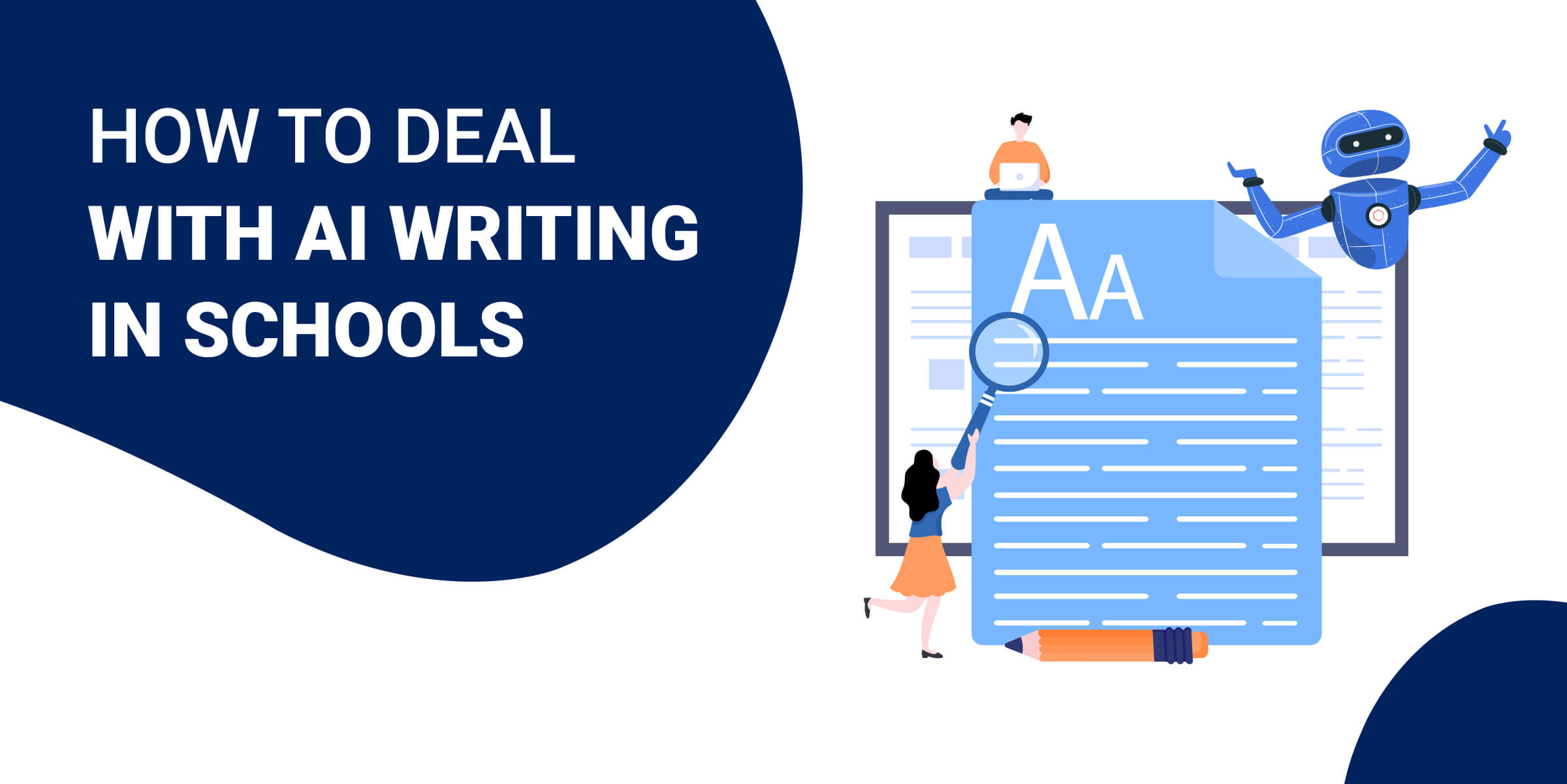

So how do teachers and educators address the new issue of AI writing in schools?
The key is prevention and education.
Put Written Policies In Place
The first step is to put something in writing.
At the beginning of the year, and on a school-wide level, create policies that detail what exactly is on and off-limits when it comes to AI-generated content.
In what capacities can students use AI writers and tools like ChatGPT? Will you block ChatGPT from school servers? Will you allow the use of these tools for research purposes? Or will you teach students how to effectively use AI writing tools in an ethical way, avoiding using them as a full-blown essay-writing solution?
This will clear up confusion and set expectations for how students should and should not interact with AI writers.
Explain the Negative Impacts of AI Writing on Schoolwork
Using an AI writer to do homework for you is likely to sound like an attractive solution for students who don’t enjoy writing. But it’s important to inform your students of why you want them to steer clear of these technologies.
Explaining the possible negative effects of AI writing (like not learning the skillset to do it on their own, missing out on learning opportunities to develop their own voice, etc) can make your AI policies make more sense to students.
Create Protocols on How to Deal With AI-Written Content
What happens when students inevitably use AI writers for their assignments? Decide on a game plan and lay it out for them.
Teachers and educators should get on board with what punishments are appropriate for students caught using AI to complete assignments for them, then inform the students of what consequences they will face if they don’t follow protocol.
What Is AI Detection?
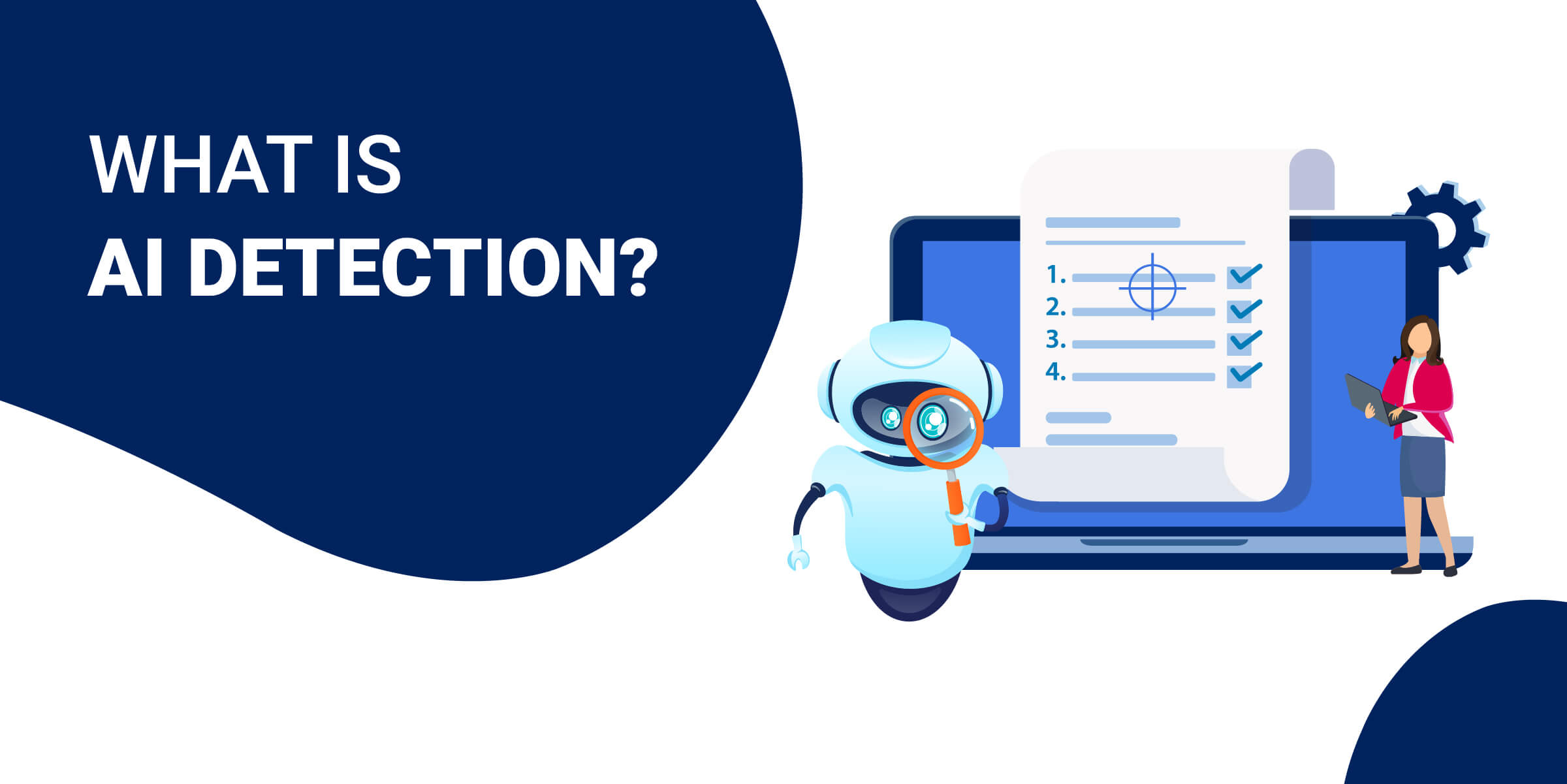

AI detection is the process of using technology to identify if the content has been written by AI.
These AI detectors look for strings of characters and words that are too predictable. Since AI writers lack originality, they are more likely to generate sentences that are highly predictable. They often lack creative content that has a more random or unusual structure and word choice.
There are also AI image detectors that work similarly.
How to Detect AI-Generated Essays
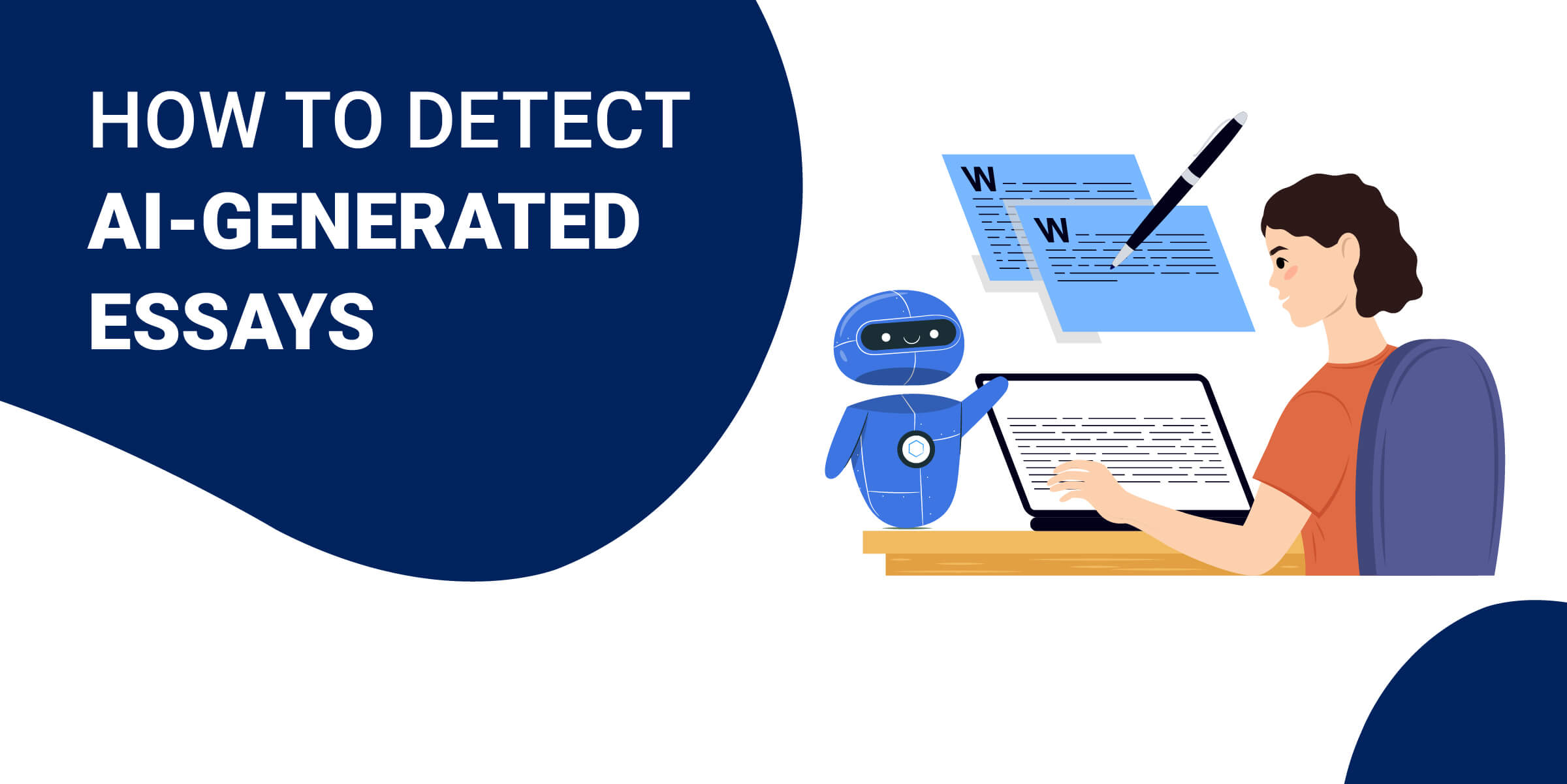

While AI generators have become quite advanced, there are ways to identify and detect when a student’s work has been generated by AI.
Compare the Content with Students’ Previous Work
First, you can use your own knowledge of the student’s work.
If you get what you think may be an AI-generated essay, the first step is to compare it to the student’s previous work.
Does this essay have the same voice that the student usually uses in their writing? Does it match the student’s skill level, or is it more advanced than the student’s typical work? Is there a lot of repetition and clunkily-written sentences?
If this essay stands out as an anomaly in the student’s body of work, it could be AI-generated.
Check for Cited Sources
Next, check for cited sources.
Since AI generators often don’t cite their sources, it can be difficult to identify where exactly the information is coming from.
If there are statistics and significant claims being made in the essay that don’t have corresponding cited sources, you could have AI-written content on your hands.
Use AI Detection Tools
If you’re suspicious, it’s a good idea to run the student’s work through an AI detector.
Though no AI detector can offer absolute certainty in its detection abilities, many AI detectors are able to detect AI-written content at an impressively high rate.
These tools can give you a “human” score of how likely it is that the content was written by a real person rather than a bot. Some even highlight sentences that are too predictable so you know exactly how much content is suspicious.
It’s important to note that none of these tools are 100% accurate just yet, so it’s a good idea to at least have a conversation with the student before taking disciplinary action.
How to Leverage AI for Teaching


For all of its possible negatives, there are some useful applications for AI in the classroom.
Here are ways that you can use AI to enrich your teaching rather than undermine it.
Have Students Use AI to Generate Outlines
ChatGPT is excellent at taking care of the tedious aspects of writing and inspiring creativity.
Some teachers have found that using ChatGPT to come up with ideas for topics and generate outlines saves time and provides a useful starting point for students to write inspired papers.
Use AI to Generate Quizzes
Yes, AI can help teachers, too!
Using AI chatbots and writers to create quizzes can make lesson planning easier. It can even create richer quizzes and tests that cover important lesson topics without the added stress of creating a quiz from scratch.
Best AI Detectors to Catch Cheating & Plagiarism
Here are our top 2 picks for AI detectors for plagiarism.
Originality
One of our favorite AI tools is Originality.ai [review] which offers a full range of capabilities, including both AI writing and AI detection.
Its robust AI plagiarism detection tool is offered with a Google extension and can detect content written by GPT 3, GPT 3.5, and ChatGPT with 99% accuracy.
It also creates shareable reports in case you need to loop other teachers in on possible cases of plagiarism.
Content at Scale
Our favorite AI writing tool for everything, including plagiarism detection, is Content at Scale [review.]
Not only does it have an exceptional writer that allows teachers to generate ideas for lessons, but it also boasts one of the most accurate AI and plagiarism detection tools out there.
Because of their direct integration with Copyscape, with just the click of a button, you can run a scan and it will highlight any issues.
Best Free Plagiarism Checker
Frequently Asked Questions
Can teachers detect AI writing?
Yes, using AI detection tools, teachers can detect AI writing fairly easily.
What are teachers using to detect AI?
Teachers are using Content at Scale and Originality.AI’s AI detection tools.
How can I detect AI in student work?
You can detect AI in student work by comparing it to previous work by the student, looking for signs of AI writing (lack of citations and overly-complex sentences), and running the work through an AI detection tool.
What is the best AI detection tool?
Content At Scale’s AI detection tool is the best.














